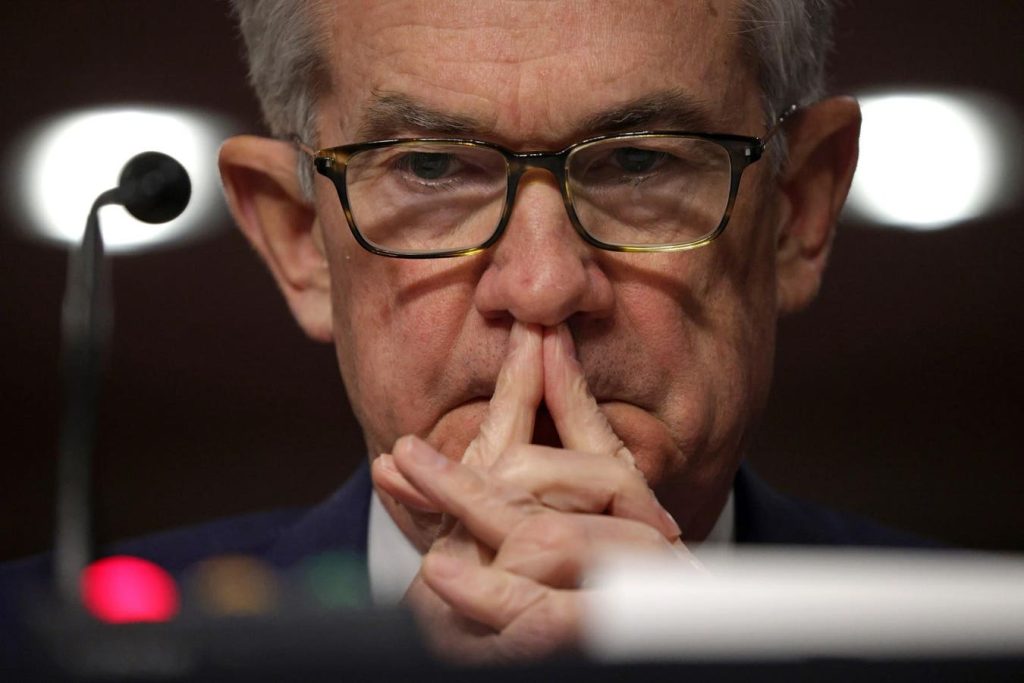The December 2024 Consumer Price Index (CPI) report revealed a continuing upward trend in inflation, reaching 2.9% year-on-year, the highest since July 2024. This acceleration, marking three consecutive months of increases, pushes inflation further away from the Federal Reserve’s 2% target. While the overall CPI surged, core CPI, which excludes volatile food and energy prices, saw a slight deceleration to 3.2%. Month-over-month, total CPI rose modestly by 0.2%, while core CPI experienced a more substantial increase of 0.4%. This report, coupled with robust recent jobs data, solidified market expectations that the Fed will maintain its current interest rate policy in its upcoming January and March meetings.
The December CPI report aligned with earlier predictions by Prestige Economics, which anticipated an acceleration in year-on-year inflation, albeit remaining below the 3% mark. Alongside the CPI, the Producer Price Index (PPI) report, released a day earlier, also pointed towards escalating inflationary pressures. The PPI showed modest monthly increases of 0.2% for total PPI and 0.1% for core PPI. However, on a year-on-year basis, total PPI accelerated to 3.3%, while core PPI decelerated slightly to the same 3.3% level. The acceleration in year-on-year goods PPI, from 1.1% to 1.8%, although still relatively moderate, added to the overall inflationary picture.
The observed inflationary trend has significant implications for the Federal Reserve’s monetary policy. The December Federal Open Market Committee (FOMC) projections, anticipating only two 0.25% rate cuts by the end of 2025, were based on the inflationary acceleration observed through November. The December CPI report further cemented this outlook, making near-term rate cuts highly unlikely. Market probabilities for a January rate cut were negligible even before the report, and remained unchanged afterward. The sustained inflationary pressures, bolstered by strong jobs data and economic growth, effectively rule out the possibility of rate cuts in the immediate future.
Despite the current upward trajectory of inflation, projections suggest a potential easing in the second quarter of 2025 due to base effects, offering a window for future rate cuts. While core inflation is expected to remain above the Fed’s 2% target throughout 2025, potentially extending into 2026, total year-on-year CPI and Personal Consumption Expenditures (PCE) inflation rates could still align with the 2% target later in 2025. This potential moderation in inflation could prompt the Fed to consider a rate cut in May or June 2025, although the current data supports maintaining the status quo for the first quarter of the year.
The market’s current anticipation of limited Fed rate cuts in 2025 might be underestimated, particularly if inflation subsides as projected in the second quarter. A more significant decline in inflation could lead to more aggressive rate cuts than currently priced in, potentially impacting various financial markets. Such a scenario could bolster bond, equity, and commodity prices while putting downward pressure on bond yields and the US dollar. However, these projections remain subject to the evolving economic landscape, with several months of data yet to unfold.
In the near term, with rate cuts unlikely, equity markets are expected to rely more on company earnings for growth momentum rather than on expectations of a dovish Fed policy. Concurrently, the US dollar and bond yields are likely to find support from the prevailing low expectations for rate cuts, reinforced by the robust US jobs and growth data. The future trajectory of inflation and the Federal Reserve’s response remain crucial factors influencing market dynamics, and require continued monitoring and analysis. The interplay of these factors will significantly shape investment strategies and market performance in the coming months.

